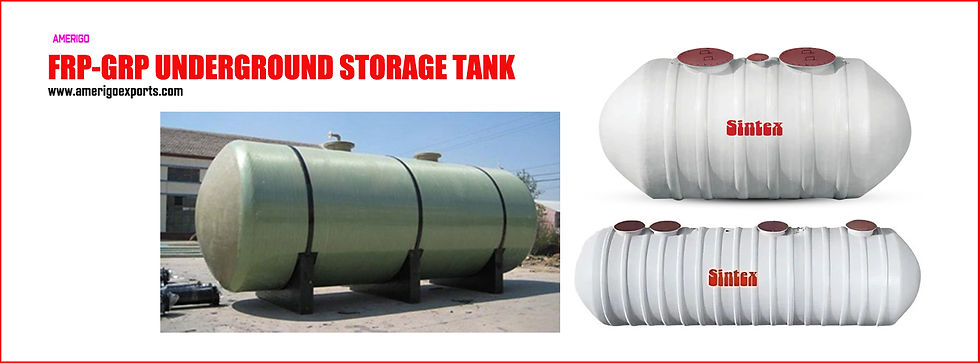Fox Pulsation dampeners uses flexible bladder or diaphragm inside a pressure vessel.
- Amerigo Exports
- Nov 21, 2024
- 2 min read
FOX Pulsation dampeners are devices used to reduce pressure and flow fluctuations in fluid systems, particularly those involving positive displacement pumps. These devices protect system components, improve efficiency, and ensure smoother operation. Here are the main types of pulsation dampeners:
1. Bladder-Type Dampeners
Description: These dampeners use a flexible bladder or diaphragm inside a pressure vessel. The bladder separates the gas (typically nitrogen) from the fluid.
Applications: Ideal for liquids and systems with moderate to high pressure.
Advantages:
Highly effective in reducing pulsations.
Works well with various fluids.
Limitations:
Requires regular maintenance to check bladder integrity.
2. Diaphragm-Type Dampeners
Description: Similar to bladder dampeners but use a flexible diaphragm instead of a bladder.
Applications: Suitable for high-pressure systems and chemically aggressive fluids.
Advantages:
Compact design.
Low risk of leakage between gas and fluid.
Limitations:
Limited volume for pulsation absorption.
3. Piston-Type Dampeners
Description: Features a piston that separates the gas from the liquid. The gas absorbs the pulsations by compressing.
Applications: Used in high-pressure systems or when larger dampening capacities are needed.
Advantages:
Handles high pressures well.
Durable in heavy-duty applications.
Limitations:
More complex and expensive than bladder or diaphragm types.
4. Hydraulic Accumulators (with Pulsation Dampening)
Description: These accumulators use either a bladder, diaphragm, or piston and double as energy storage devices.
Applications: Systems requiring both energy storage and pulsation dampening.
Advantages:
Multi-functional.
Effective at reducing pulsations and storing energy.
Limitations:
Bulkier than dedicated dampeners.
5. Surge Tanks or Chambers
Description: These are simple air-filled chambers that absorb pressure fluctuations without a bladder or diaphragm.
Applications: Used in low-pressure or non-critical applications.
Advantages:
Simple and cost-effective.
No moving parts.
Limitations:
Less effective for high-pressure systems.
Risk of air dissolving into the fluid over time.
6. Inline Pulsation Dampeners
Description: Designed to be installed directly in the pipeline, often in compact systems.
Applications: Suitable for systems where space is limited.
Advantages:
Easy to install.
Reduces both pulsations and noise.
Limitations:
Limited capacity for dampening.
7. Gas-Filled Cylinders
Description: These rely solely on gas compression to absorb pulsations, with no physical barrier between gas and fluid.
Applications: Older or less complex systems.
Advantages:
Simple and inexpensive.
Limitations:
High risk of gas dissolving into the fluid.
8. Self-Adjusting Dampeners
Description: These advanced systems automatically adjust the gas volume or other parameters based on operating conditions.
Applications: High-end, automated systems requiring optimal dampening.
Advantages:
Highly efficient.
Minimal maintenance required.
Limitations:
High initial cost.
Complex installation.
Selection Considerations
When choosing a pulsation dampener, consider:
Operating pressure and flow rate.
Fluid compatibility (chemical properties, viscosity, etc.).
Space availability.
Maintenance and cost constraints.
System criticality and required dampening effectiveness.





Comments